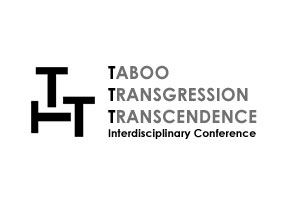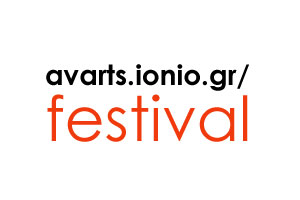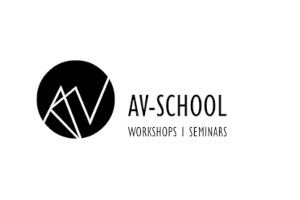Recent advances in artificial intelligence and the emergence of generative artificial intelligence (GenAI) have become a major driving force behind both content generation and user experience (UX) personalization. Artificial intelligence has been a major tool in content manipulation and summarization for decades [1] and with the introduction of Transformer architecture and the birth of GenAI, this tool has become a powerful instrument for innovation [2]. The emergence of GenAI application programming interfaces (APIs) allows developers to access immensely powerful and complex models without the need for custom implementation from the ground up. This diminishes the requirement for in-house expertise, reduces development times and costs and provides a scalable infrastructure, while the lack of a fully tailored system may be heavily balanced by the plethora of offered features.
This is extremely important for developers in interdisciplinary fields and allows a new avenue in enhancing UX in the field of digital art and culture with new capabilities. More specifically, GenAI can find use in both user data analysis [3], which is an essential part of understanding user behavior [4], and other elements of the UX such as recommendation systems and more [5]. Various commercially available APIs may be employed to personalize the digital UX, to provide accessibility and overcome the language barrier, to create an engaging and interactive educational environment through dialogue and gamification and even to generate derivative content based on cultural or historical context or artistic inspiration.
This paper not only explores the various available APIs and tools in terms of capabilities, cost and technical implementation challenges, but also presents an overview of potential use-cases including both actual examples in practice and the underlying potential for future endeavors in the fields of art and culture, including customized digital tours, interactive narratives, art recreation, soundscape generation, virtual guides, assisted user content generation, predictive content recommendations and more. Moreover, various ethical considerations and other challenges concerning creative authenticity, data privacy, proper attribution and over-reliance on automation are discussed and mitigation strategies are outlined both from the perspective of the developers and from that of the tools themselves. Through the above an encompassing overview of the landscape of methods and means for taking advantage of GenAI to enhance UX in the realms of digital art and culture is presented.
[1] Maybury, M. T. Generating summaries from event data. Information Processing & Management, 1995. 31(5), 735-751.
[2] Vaswani, A. Attention is all you need. Advances in Neural Information Processing Systems, 2017.
[3] Dhoni, P. Exploring the synergy between generative AI, data and analytics in the modern age. TechRxiv 2023. https://doi.org/10.36227/techrxiv.24045792.v1.
[4] Pergantis, M.; Varlamis, I.; Kanellopoulos, N.G.; Giannakoulopoulos, A. Searching Online for Art and Culture: User Behavior Analysis. Future Internet 2023, 15, 211. https://doi.org/10.3390/fi15060211
[5] Trichopoulos, G.; Konstantakis, M.; Alexandridis, G.; Caridakis, G. Large Language Models as Recommendation Systems in Museums. Electronics 2023, 12, 3829. https://doi.org/10.3390/electronics12183829
Minas Pergantis is an active postdoctoral researcher of the Department of Audio & Visual Arts.
He is a diplomate of the Electrical and Computer Engineering Department of the Polytechnic School of the University of Patras. He has multiple years of work experience in the private sector, as a Web application programmer and Website developer.
He holds a PhD from the Department of Audio & Visual Arts of the Ionian University.
Back





